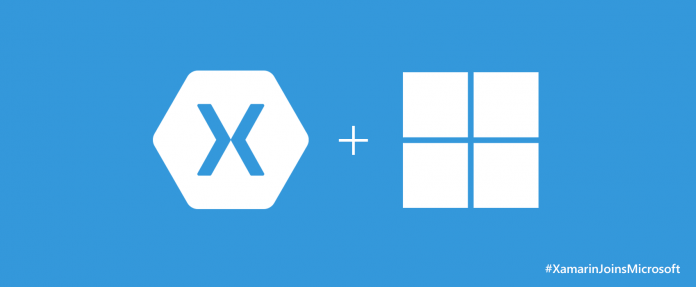
Microsoft is acquiring Xamarin, which is a move that goes to the very heart of the company’s latest strategy.
After Satya Nadella had succeeded Steve Ballmer as CEO, the company has focused on a cross-platform mobile approach, creating strong versions of Office that run on Android and iOS as well as Windows 10 Mobile, and presenting its cloud services, from Office 365 to Azure, as a platform for any mobile client, rather than primarily for Windows.
Supporting diverse platforms proves to be very difficult for Microsoft’s developer division, as earlier, Visual Studio tools were all about Windows. Windows 10 was meant to usher in the era of the Universal Windows Platform (UWP), where developers can write one application and have it run on devices ranging from Raspberry Pi, smartphones and Xbox consoles, to tablets and PCs.
Unfortunately, the war of mobile OS’s was lost by Windows to its rivals, iOS and Android. The UWP concept is quite good, however, when users are prone to use non-windows platforms, it all becomes quite useless.
Microsoft has made Xamarin one of its key partners and has given prominence in things like Build developer conference, and integrating its compilers into Visual Studio 2015.
Following this acquisition, Microsoft will have a developer stack that targets all the important desktop and mobile platforms.
Microsoft’s Corporate VP Scott Guthrie notes:
“With today’s acquisition announcement, we will be taking this work much further to make our world-class developer tools and services even better with deeper integration and seamless mobile app dev experiences. The combination of Xamarin, Visual Studio, Visual Studio Team Services, and Azure provides a complete mobile app dev solution that provides everything you need to develop, test, deliver and instrument mobile apps for every device.”
The acquisition is believed to be a $400m to $500m deal and it does confirm that Microsoft is looking at making its platform diverse enough to support multiple platforms.










